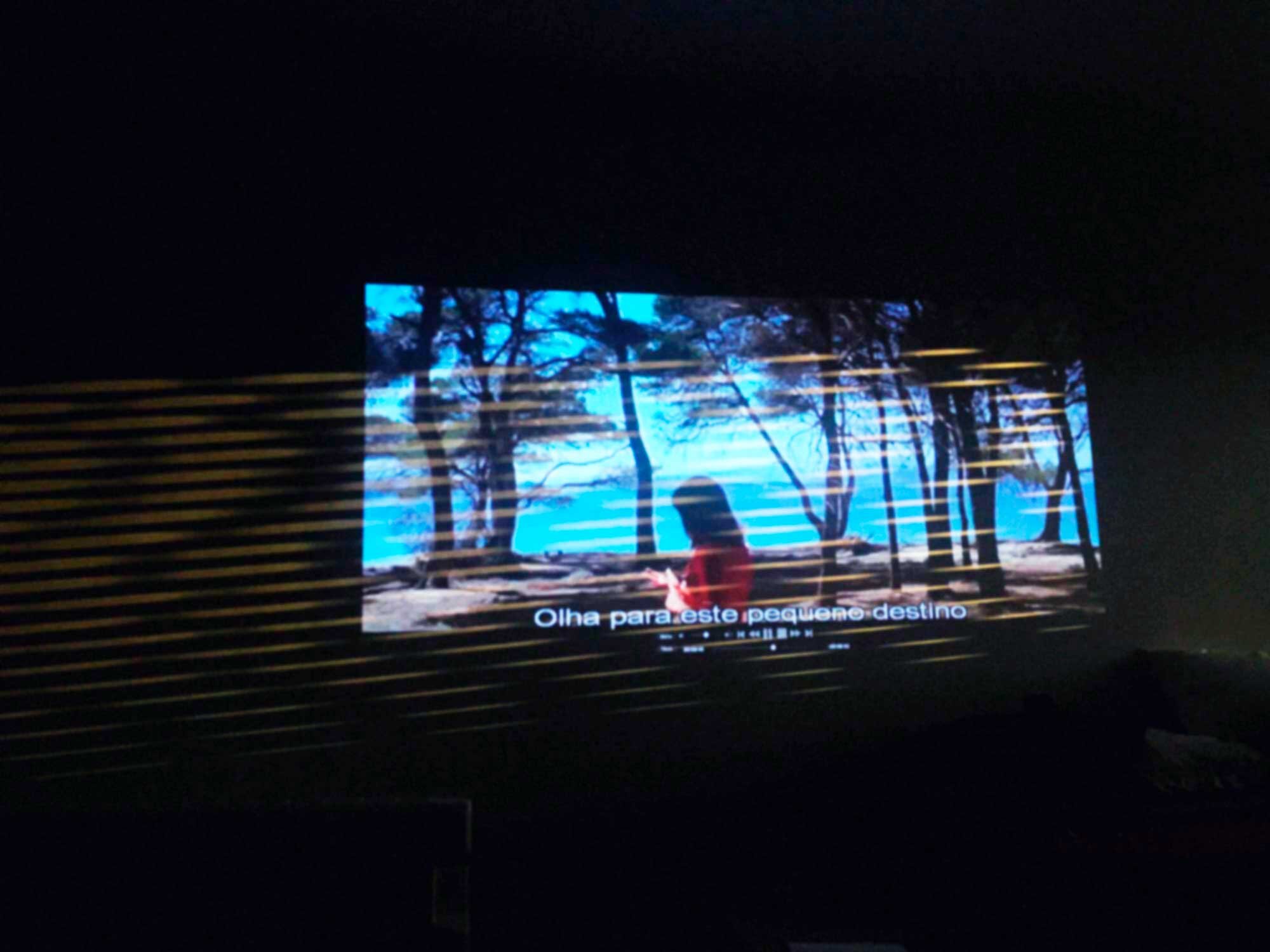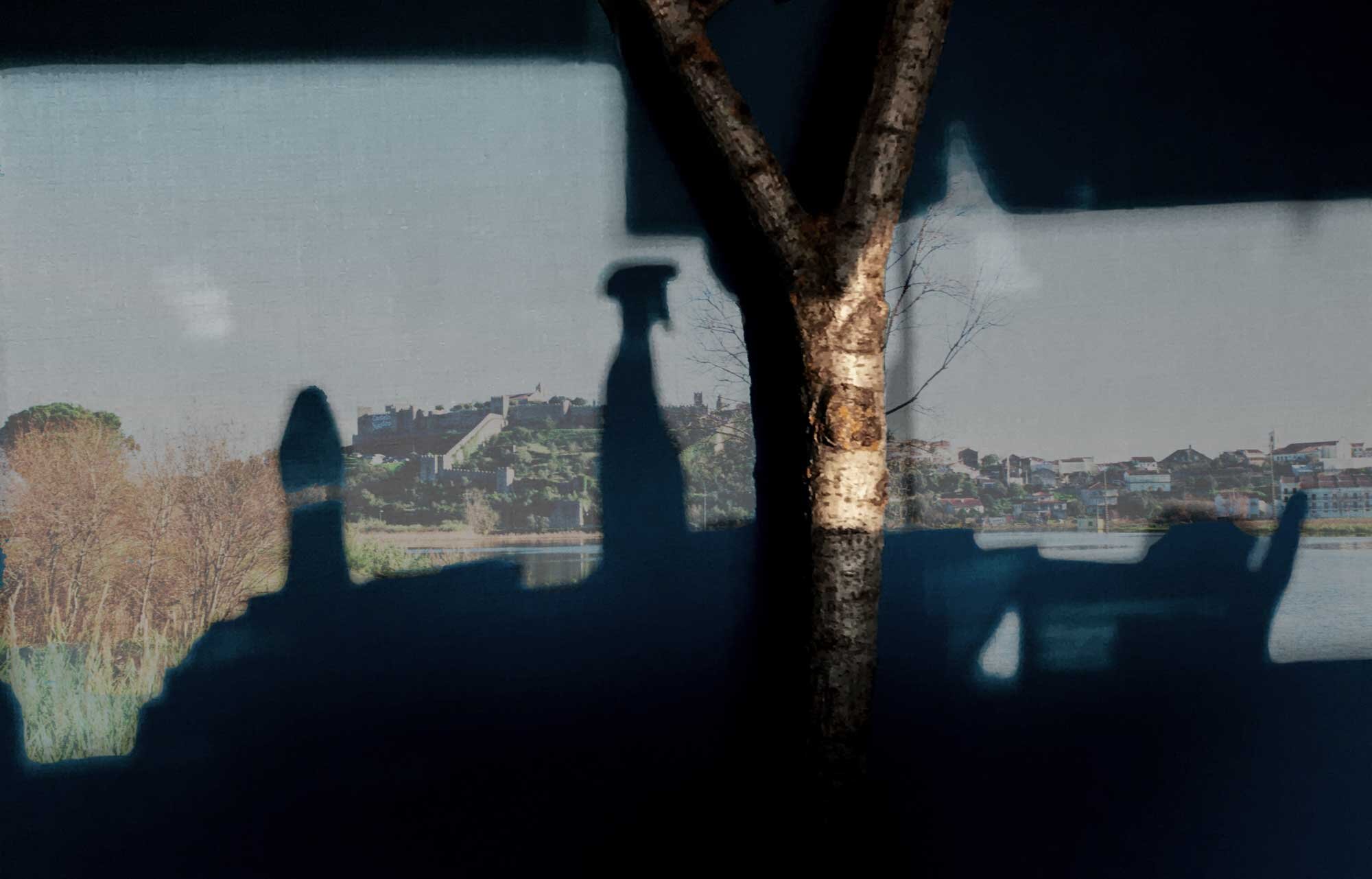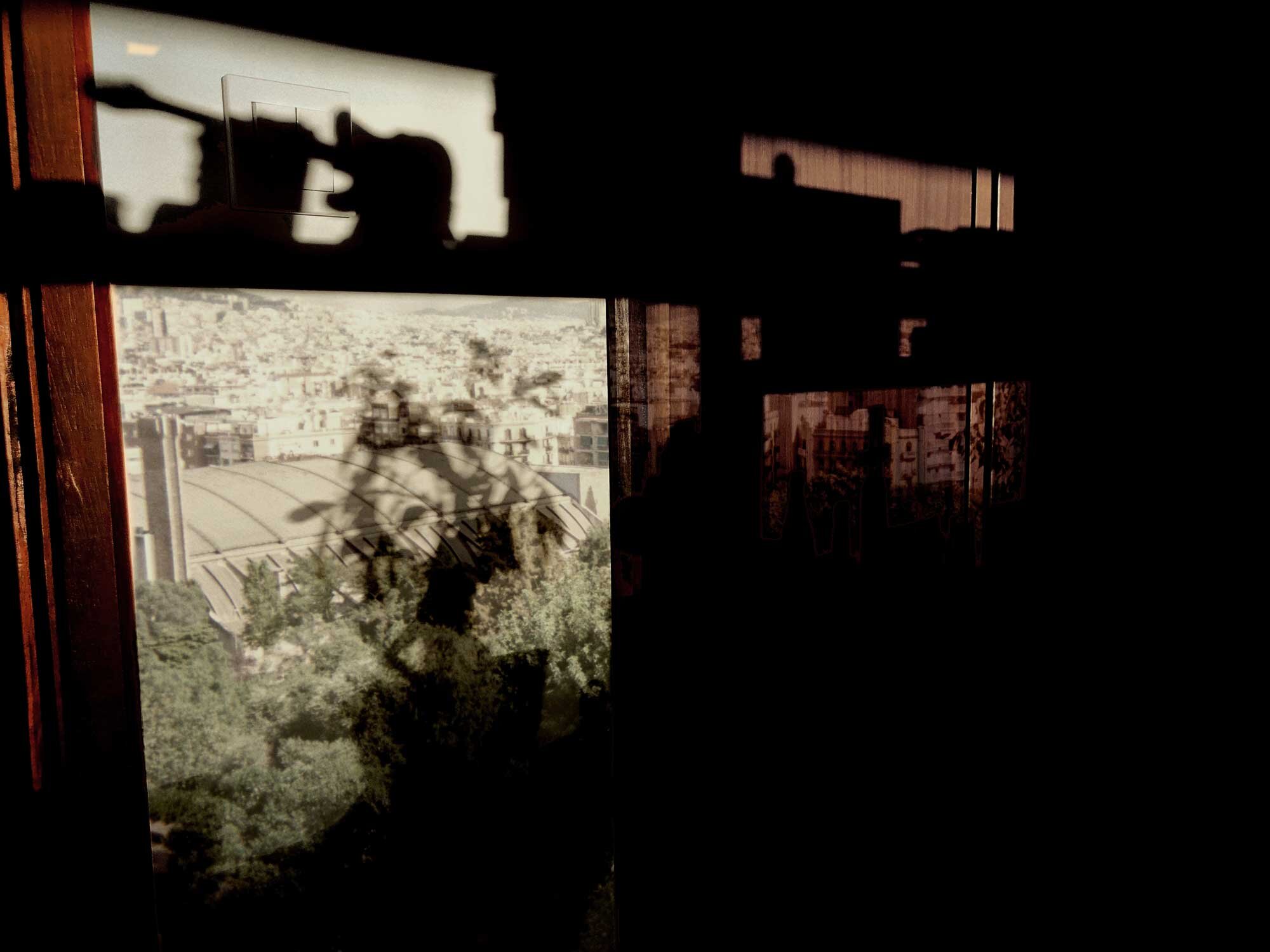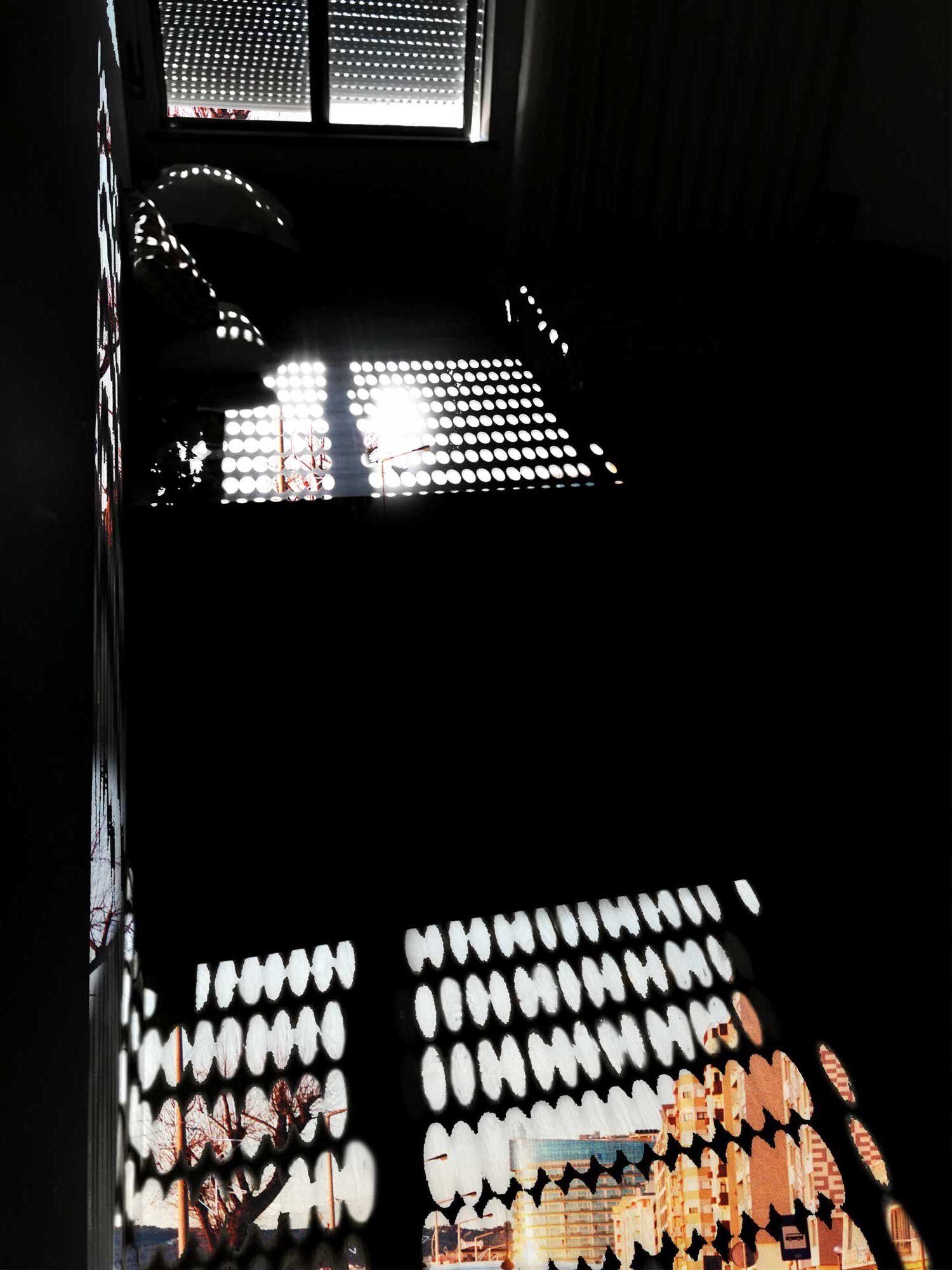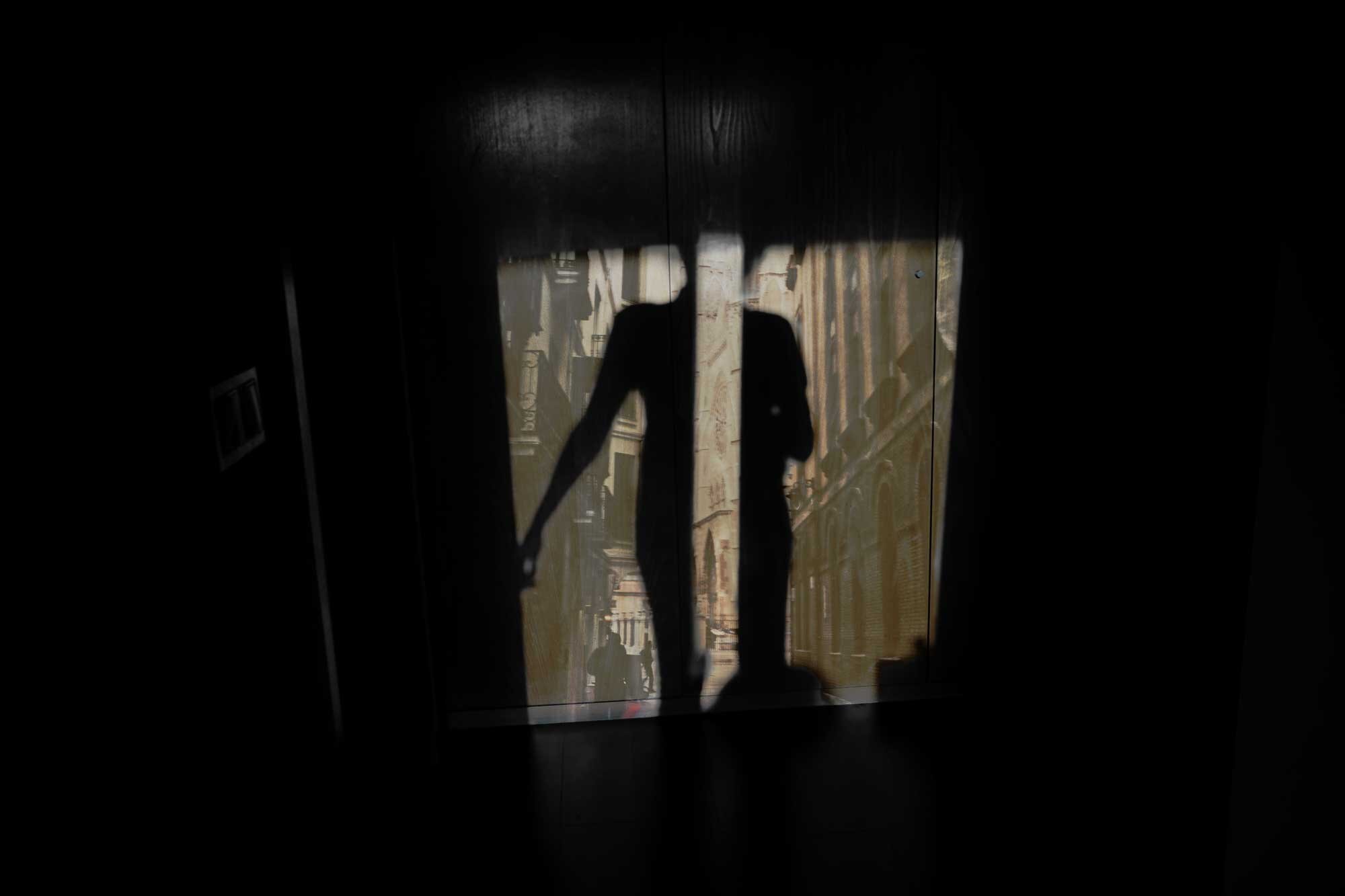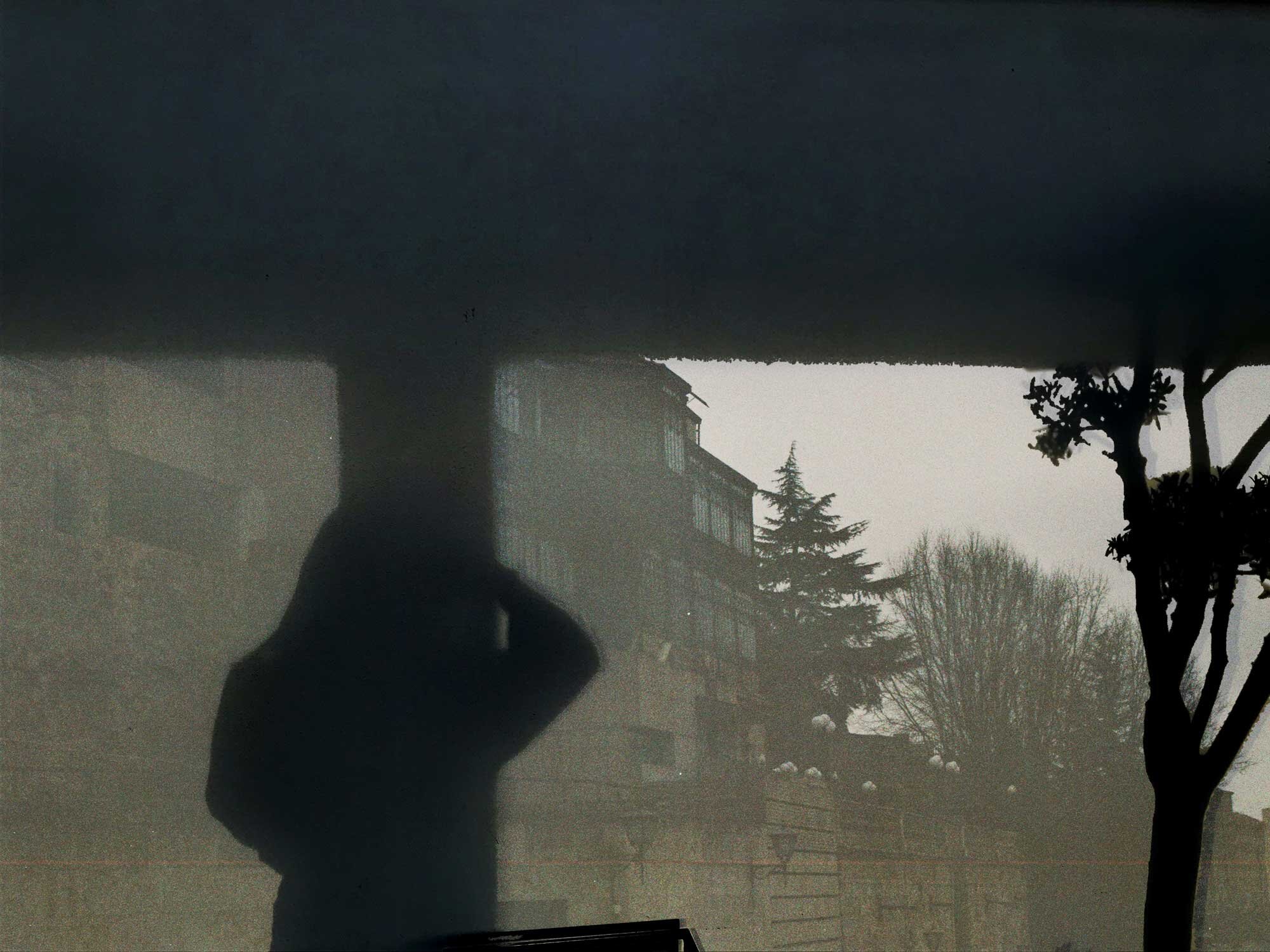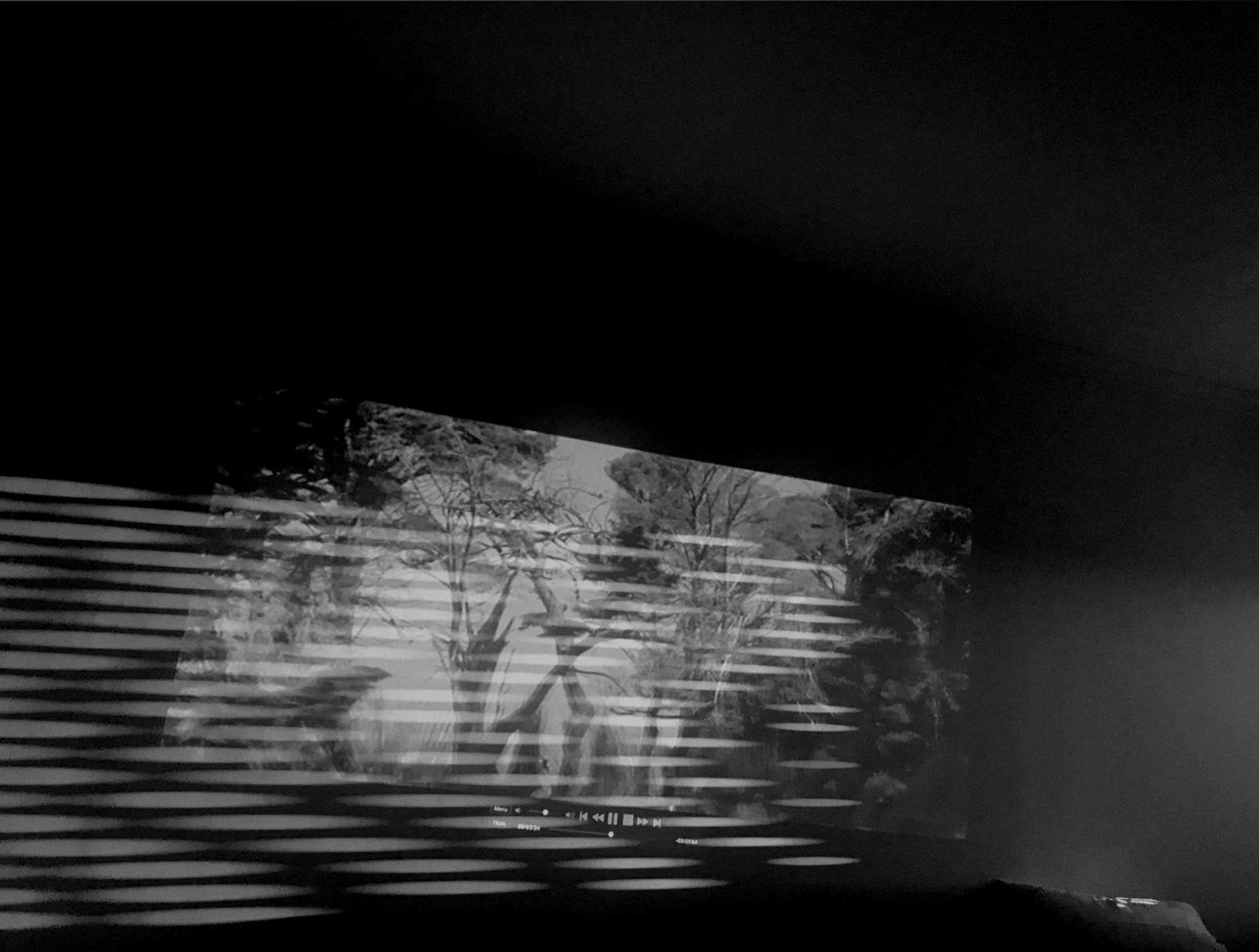The fate of the shadows
BY RAQUEL LAGOA
PT | EN
The visual narrative ‘The fate of the shadows‘ translates in photography the speech resulting from the overlapping of meanings – when the spiritual world intersects the physical world. The photographic sequence makes visible the path through the domestic space that is imperceptible in real life, and, at the same time, filters the contemporary gaze, increasingly superficial and acritical. From this dynamic, surfaces the pertinence of this project like a conversation (author/observer) that stimulates a critical and reflexive attitude towards what, currently, confines us in space - in our home.
The objects that physically inhabit the (real) interior space appear in the photographs printed in the projection of its respective shadows, its materiality is never revealed and these remain undefined accentuating the misticity if the very space where they remain. The monotony of the everyday, accentuated in the period of isolation, enables, consciously or uncounsciously, the reflection through these four walls that limits (our presence in) the space. This being said, the intention to decode and immobilize in images, the signs of passage of time in the intimate space surfaces, unveiling, in silence, an exterior increasingly closer and distant at the same time
Each photograph is a perspective of the interior that reveals an invasion of light in the intimate space, illuminating the surfaces and obscuring the objects, denouncing a clear overlapping of the immaterial world over the material world. The objects get lost in its insignificance and the images reflect a third dimension that foregoes these to exist.
Equally projected – the city – that, antagonically, paints the colors of neutral surfaces of the house and adds a complex pattern without hiding what is overlaps, like a translucid diluted wallpaper between the black stamp of shadows. The photographic narrative comprises a game of collages that highlight the inevitable confrontation between the house and the city, the interior and the exterior, the individual and the collective, the shadow and the light – the fiction and the real. Deep down, if the pandemic forced the isolaton, the isolation reinforced the importance of (knowledge of) inhabiting, with the body and with the gaze, the visible and the invisible.
“... A building is like a soap bubble. is bubble is perfect and harmonious if the breath has been evenly distributed from the inside. e exterior is the result of an interior.”
Le Corbusier, 1927 apud Colin Rowe e Fred Koetter, Collage city (Cambridge, Mass: MIT Press, 1978).
Bio
Raquel Lagoa (Figueira da Foz, 1996), student at Faculdade de Arquitetura da Universidade do Porto (2014 - 2020) with an academic path divided between art, science, literature and photography, architecture emerges as a synthesis of those worlds. The disquiet is the state of mind in permanent confrontation with the unpredictability of the current world.

